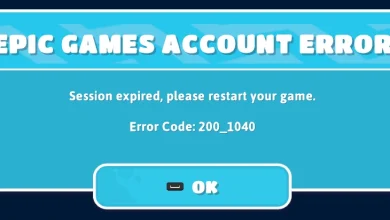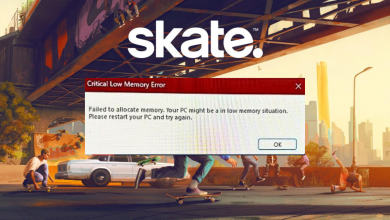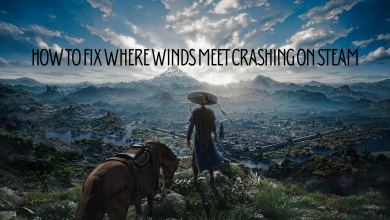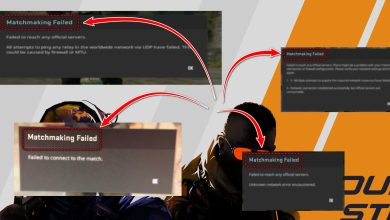Fix: Baldur’s Gate 3 Textures Not Loading (Blurry Textures)
In Baldur’s Gate 3, you may notice that the game’s textures appear blurry, take too long to load, or sometimes fail to render entirely. This usually occurs when the game cannot properly load its graphical assets after entering a new area or scene.
This problem typically results from corrupted cache files or bugs within DirectX 11 or Vulkan. It’s especially common on systems using HDDs instead of SSDs, or after a game update damages the texture cache.
1. Switch API to Vulkan
The game uses an API (Application Programming Interface) to manage how graphics are drawn and processed. Sometimes, the DirectX 11 version struggles to load textures correctly because it relies too heavily on your graphics driver, which can lead to delays or missing data.
Switching to Vulkan often helps because it allows the game to manage texture loading directly, minimizing driver-related issues and improving overall stability and performance. Follow these steps to switch to Vulkan:
- Launch Baldur’s Gate 3.
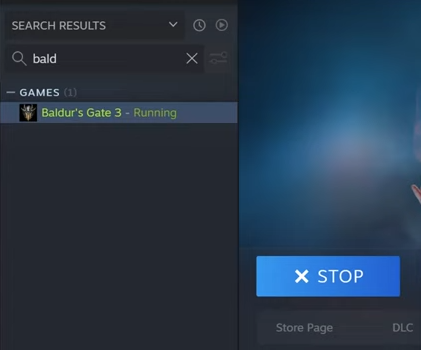
- In the launcher, select Vulkan under the Play button.

- Click Play to start the game.

- After loading into the game, check if the textures now display correctly.
2. Delete the Cache in the LevelCache Folder
Baldur’s Gate 3 stores temporary data inside a folder called LevelCache. These files help load areas faster, but they can easily become corrupted after updates, driver changes, or when using mods.
When the cache is damaged, the game attempts to read broken texture data, which leads to blurry or missing graphics. Deleting this folder forces the game to rebuild new cache files, which often restores normal texture loading.
- Completely close the game.
- Press Win + R, then type:
%localappdata%

- Open Larian Studios > Baldur’s Gate 3 > LevelCache.
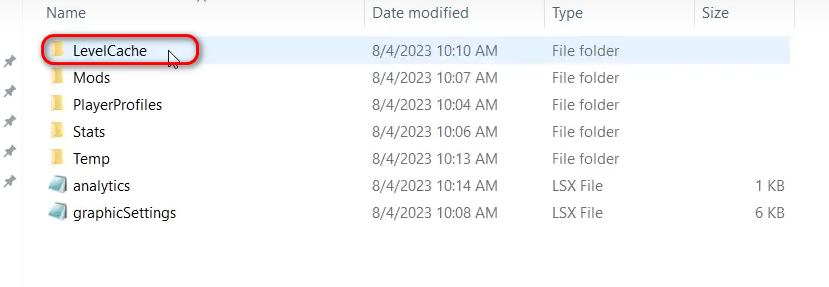
- Select all files inside the LevelCache folder and delete them using Shift + Delete. (Do not remove the folder itself.)
- Restart Baldur’s Gate 3 so it can rebuild the cache with fresh files.
3. Use Slow HDD Mode
The game performs best on SSDs because they can read and write data much faster than HDDs. If you’re playing on an HDD, textures might appear slowly since the drive can’t process data fast enough. To fix this, you can enable Slow HDD Mode, which optimizes how the game loads textures and gives your drive extra time to handle the data.
- Open Baldur’s Gate 3.
- From the main menu, click Options.
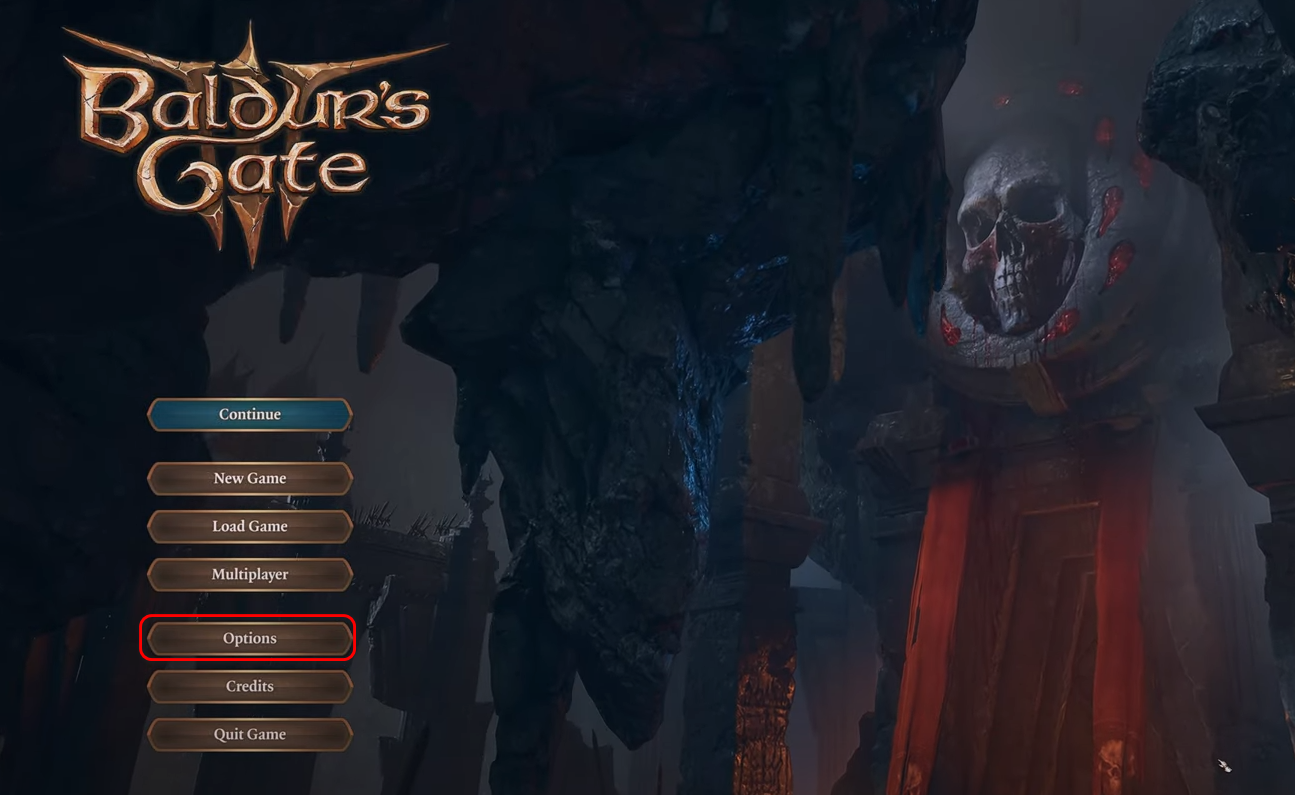
- Go to the Video tab at the top.

- Scroll down until you find the Slow HDD Mode option.
- Enable the checkbox next to Slow HDD Mode.
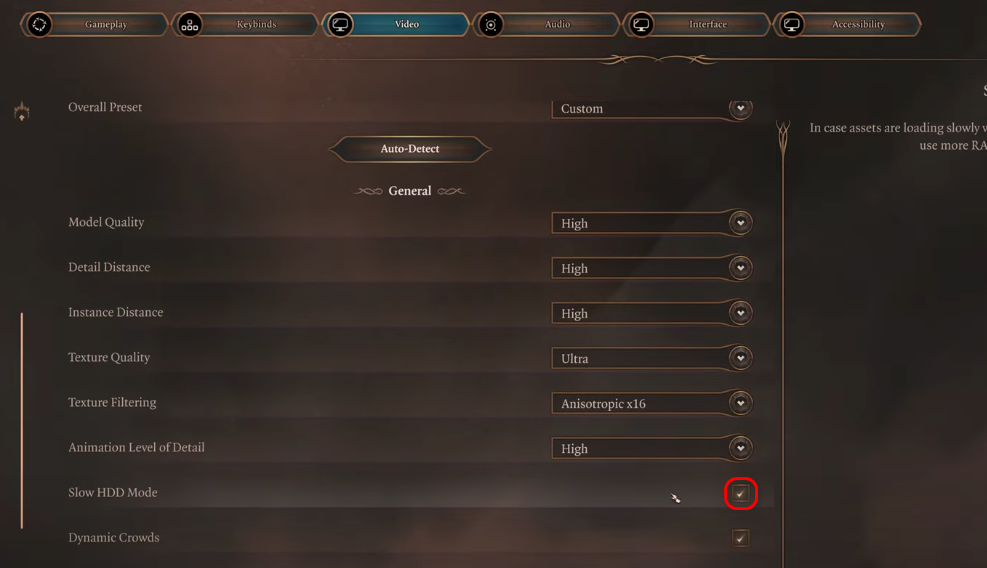
- Save your settings and restart the game to apply the change.
